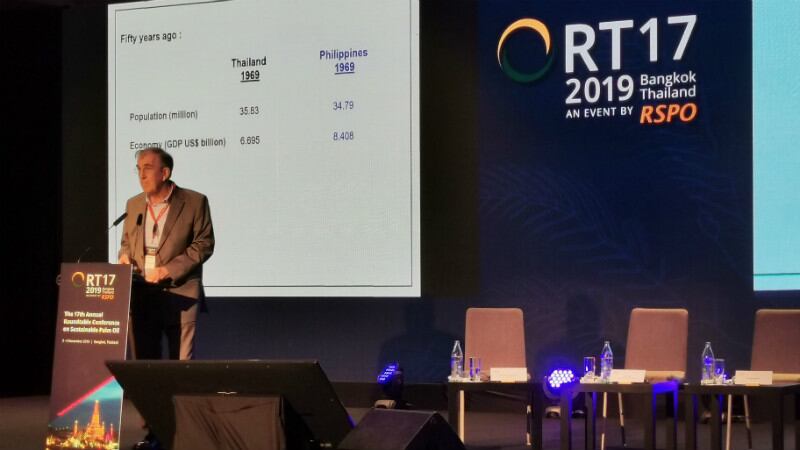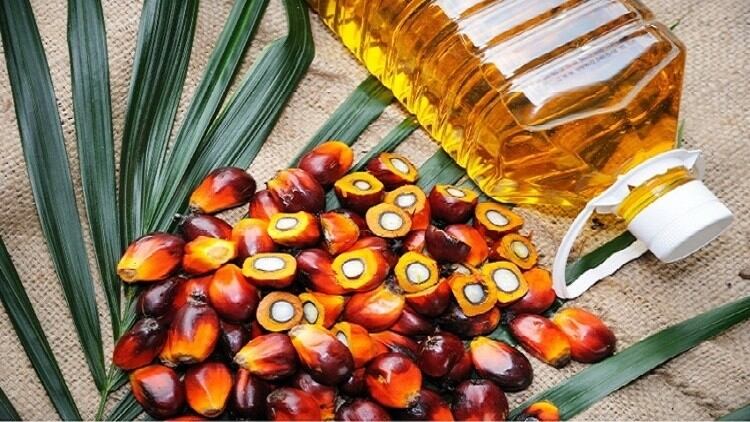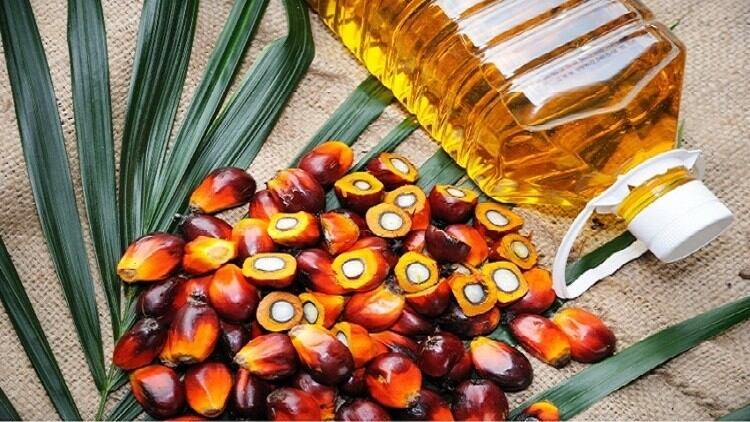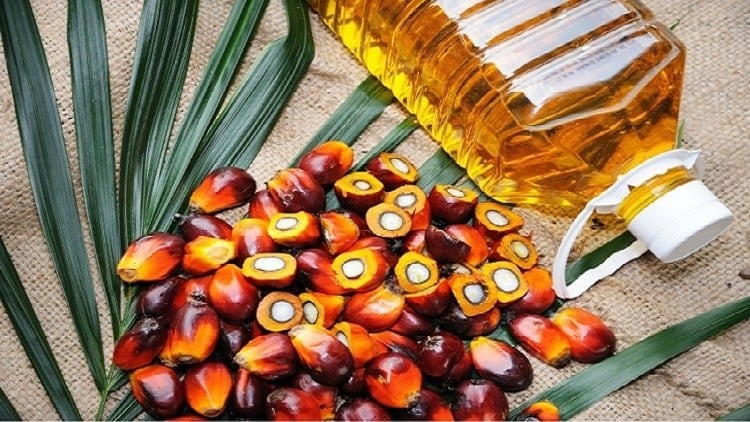According to Univanich Palm Oil PCL Managing Director John Clendon, both countries started out on roughly the same footing 50 years ago in terms of population, economy, GDP and palm oil production, which was zero, but the differences in progress have been remarkably dissimilar.
“Since the first palm oil plantings in 1969 for both countries, Thailand has gone on to see some 1.04 million hectares of planted area in 2019, whereas Philippines is struggling at just 89,000 hectares,” he told the audience when speaking at the recent Roundtable for Sustainable Palm Oil (RSPO) RT17 event in Bangkok.
“Several policies here have made the difference. The first is government encouragement of qualified investors, including the British Commonwealth Development Corporation, which incidentally also wanted to invest in the Philippines palm oil industry but were essentially chased out due to pressure from local NGOs against the project.
“The next is less regulation of the palm oil industry, and this is despite Thailand having some of the most stringent environmental standards in the region such as for water, air quality and so on.
Policies to encourage smallholder oil palm farmers were also cited as an important factor here, in terms of import protection, rural finance and so on. In Thailand, smallholder farmers make up more than 90% of the 1.04 million planted area mentioned.
“These smallholder farms have been converted from existing crops such as rubber and coconuts, so there is no deforestation like what has taken place in the Philippines,” added Clendon.
In addition, scientific advances in Thailand in both crop science and agricultural technology, conscious environmental best practice implementation, purposeful development of sustainable markets, and making sure to take care of social sustainability were also listed as key reasons for the palm oil industry’s success in the country.
Philippines’ sufferings
In the Philippines, palm oil consumption has rapidly increased across the last decade, from 400,000 MT in 2000 to 1.36 million MT in 2018, predicted to hit 1.41 million MT this year – domestic palm oil production is far from keeping up with this, and imports have also grown rapidly, hitting at least 1.2 million MT in 2017.
“After 50 years of largely fruitless effort the Philippines oil palm industry is struggling to produce barely 10% of the country’s soaring edible oil requirements,” said Clendon.
“In 2019, it will cost the country approximately US$1bn to import palm oil which could and should be produced by its own farmers.”
He attributed the industry’s failure to an unintended consequence of agarian land reforms, which the government attempted to implement three times since 1988, as well as persistent attacks by local NGOs in the country with a significant prejudice against the industry.





